Optimal Timing for Ceiling Fan Cleanings
Ceiling fan cleanings are most effective when performed regularly to maintain optimal air quality and fan performance. The best time to schedule these cleanings depends on environmental factors, usage patterns, and seasonal considerations. Regular maintenance can extend the lifespan of ceiling fans and improve energy efficiency.
Performing ceiling fan cleanings at the start of spring and fall helps remove accumulated dust and allergens, ensuring cleaner air during high-usage periods.
Cleaning fans before and after peak usage seasons, such as summer and winter, can prevent dust buildup and mechanical issues.
In homes with pets, smokers, or high dust levels, more frequent cleanings—every 3-4 months—are recommended for optimal air quality.
Cleaning ceiling fans after construction or renovation projects helps remove drywall dust, debris, and other residues.
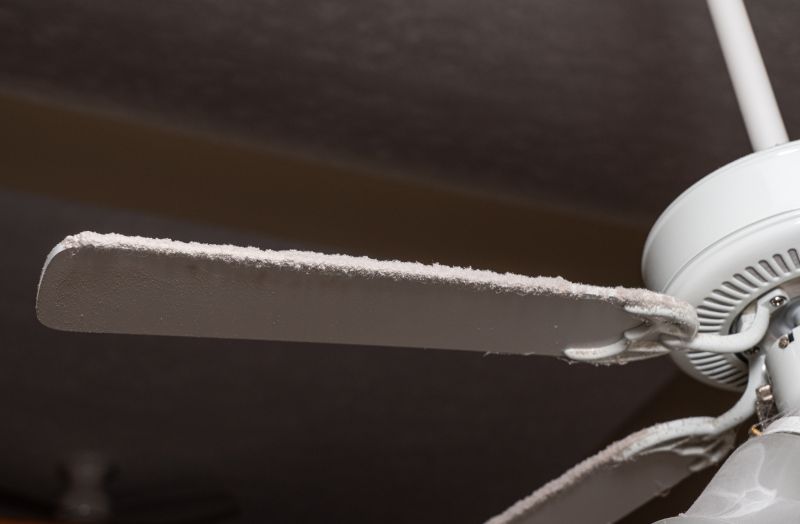
Regular cleaning prevents dust buildup that can affect air quality and fan operation.
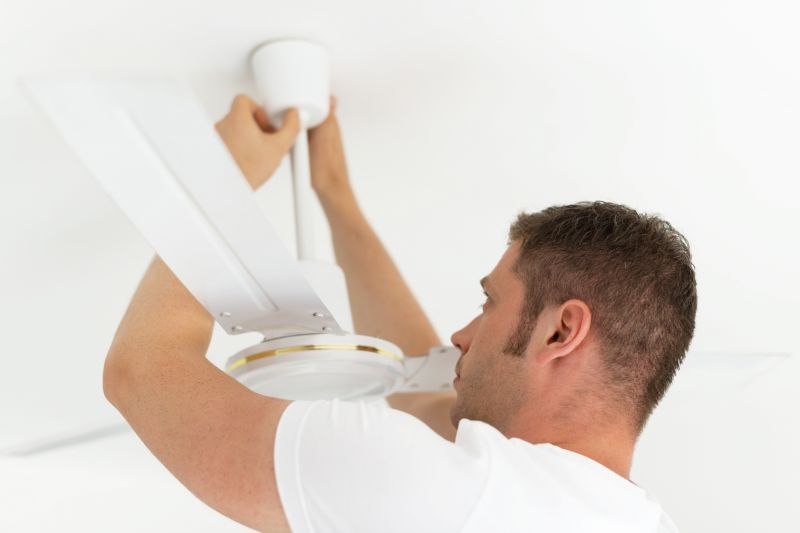
Proper tools and techniques ensure thorough removal of dust and debris from fan blades.
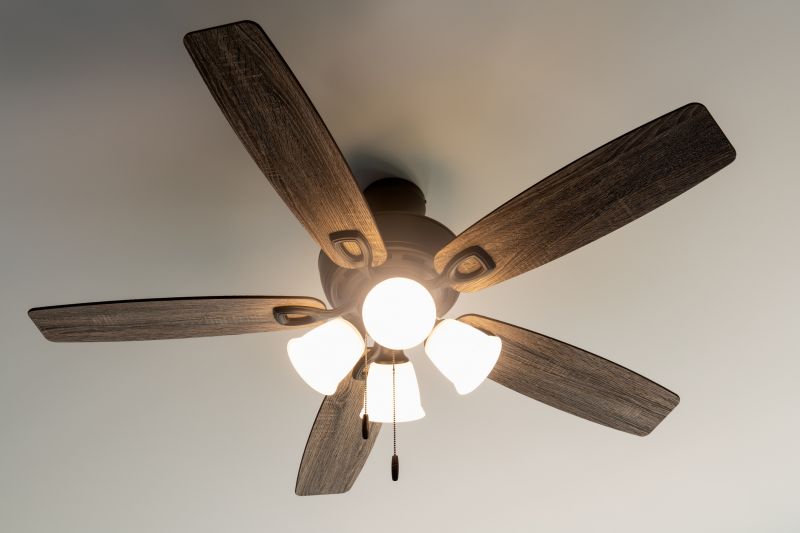
A well-maintained fan operates more efficiently and lasts longer.
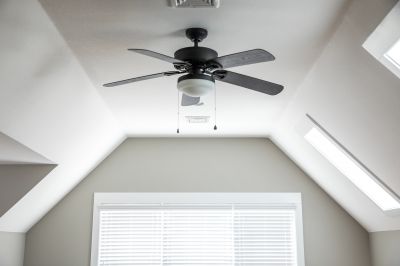
Ways to make Ceiling Fan Cleanings work in tight or awkward layouts.
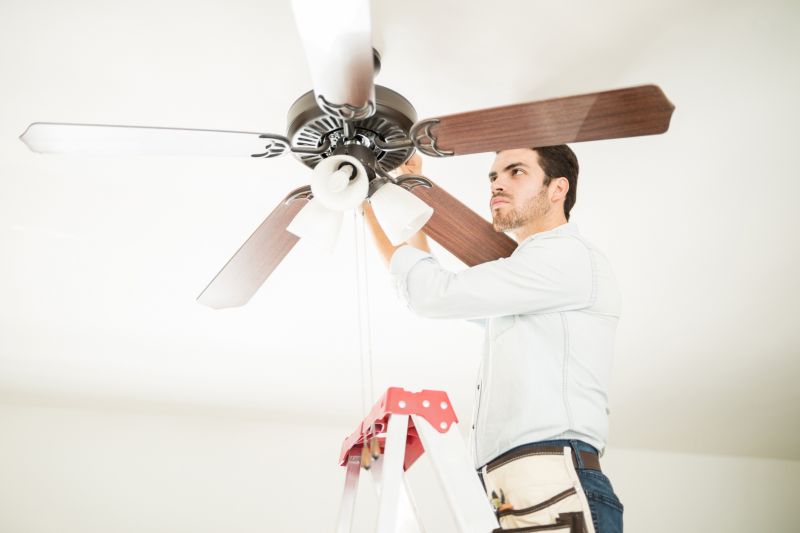
Popular materials for Ceiling Fan Cleanings and why they hold up over time.
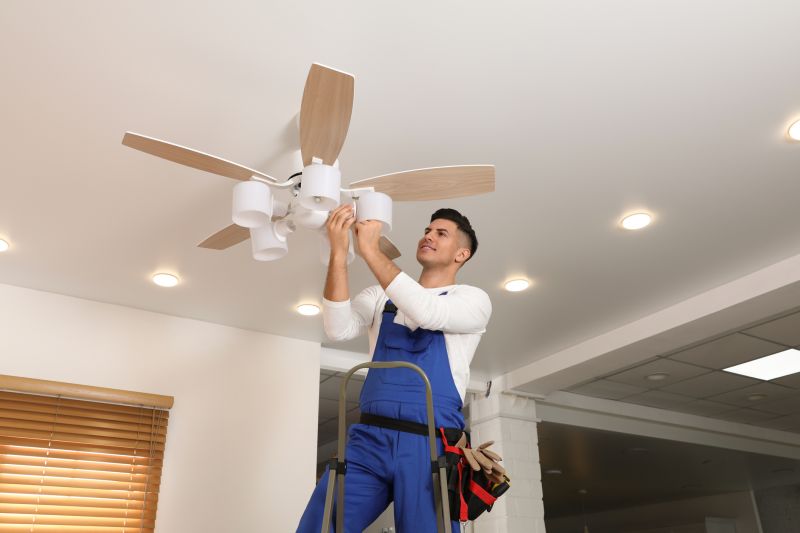
Simple add-ons that improve Ceiling Fan Cleanings without blowing the budget.
Ceiling fan cleanings are essential for maintaining indoor air quality and ensuring fans operate efficiently. Dust and dirt can accumulate rapidly, especially in environments with high foot traffic, pets, or smokers. Regular cleanings can reduce allergens, improve airflow, and prevent mechanical issues caused by debris buildup. Statistics indicate that fans can collect several ounces of dust annually if not cleaned regularly, which can impact indoor air quality and fan performance.

Accumulated dust can impair airflow and fan efficiency.
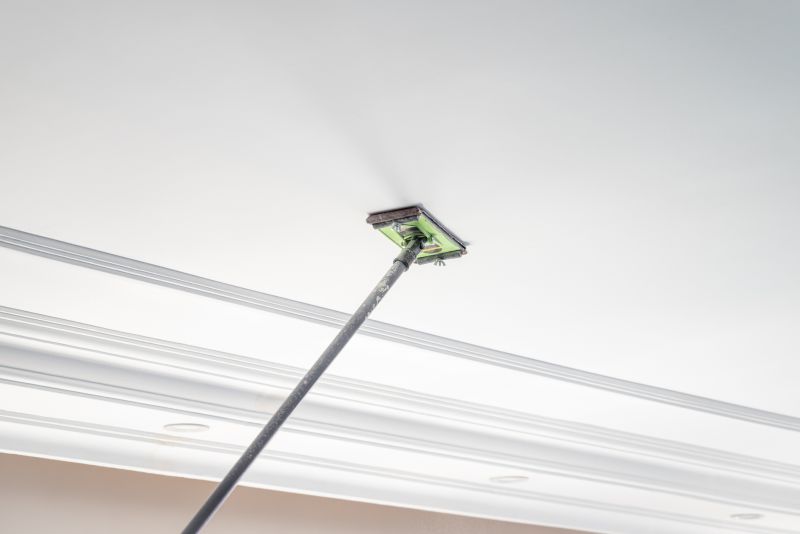
Use microfiber cloths and extendable dusters for effective cleaning.
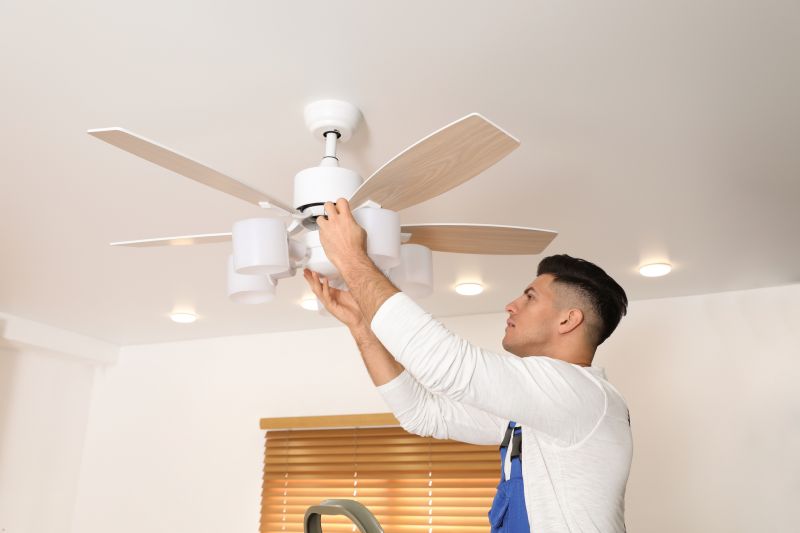
Regular cleaning maintains optimal performance.

Inspect for loose screws and motor issues during cleaning.
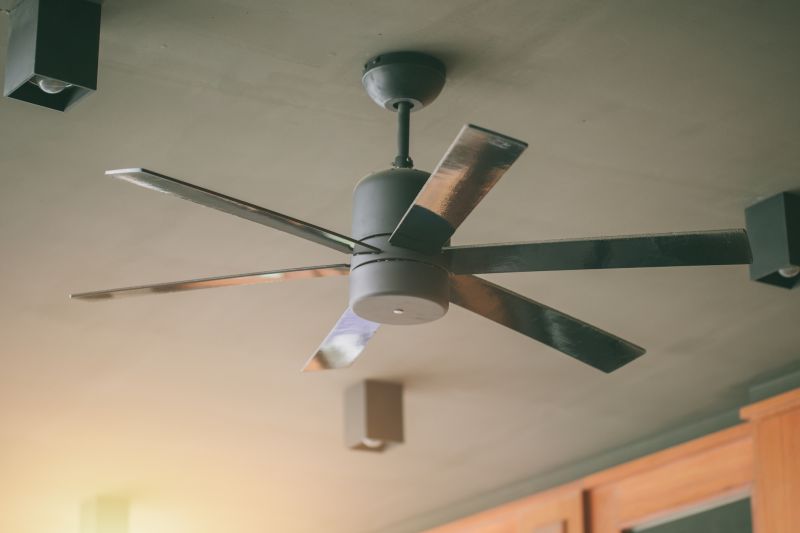
High-end options that actually feel worth it for Ceiling Fan Cleanings.

Finishes and colors that play nicely with Ceiling Fan Cleanings.

Little measurements that prevent headaches on Ceiling Fan Cleanings day.

A 60-second routine that keeps Ceiling Fan Cleanings looking new.
| Recommended Cleaning Frequency | Ideal Timing |
|---|---|
| Every 3-4 months | High dust environments or homes with pets |
| Seasonally | Start of spring and fall |
| Post-renovation | After construction or remodeling projects |
| When dust is visible | Anytime dust or grime appears on fan blades |
| Pre- and post-peak seasons | Before and after summer or winter usage |
Scheduling ceiling fan cleanings at appropriate intervals can significantly improve indoor air quality and fan longevity. Regular maintenance not only enhances airflow but also reduces energy consumption by ensuring fans operate without obstructions. Professionals recommend inspecting fans during cleaning for any mechanical issues or loose components, which can be addressed promptly to prevent costly repairs.

Removing dust from blades improves airflow and reduces allergens.

Expert services ensure thorough and safe cleaning.

Maintains air quality in high-traffic areas.

Microfiber cloths, extendable dusters, and mild cleaners.
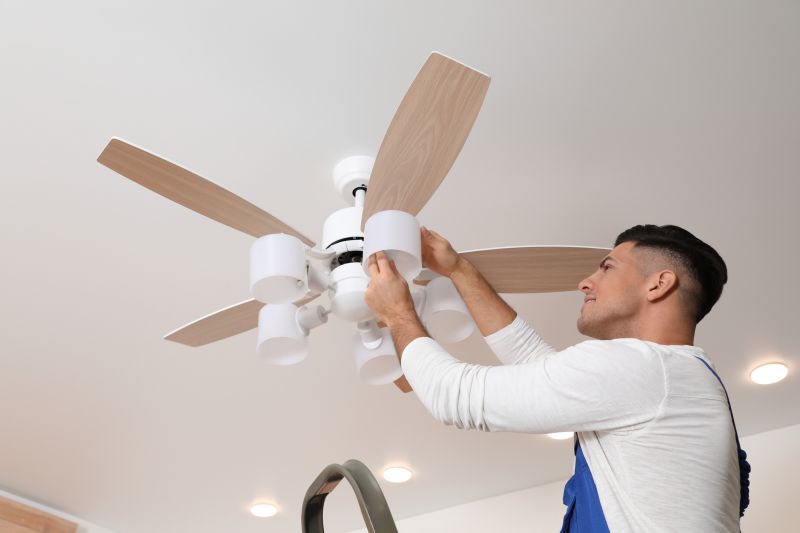
A frequent mistake in Ceiling Fan Cleanings and how to dodge it.

Small tweaks to make Ceiling Fan Cleanings safer and easier to use.
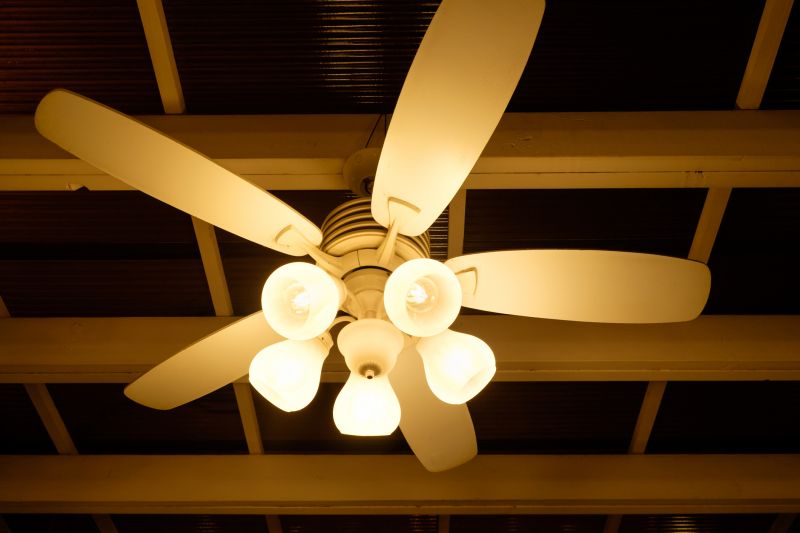
Lower-waste or water-saving choices for Ceiling Fan Cleanings.
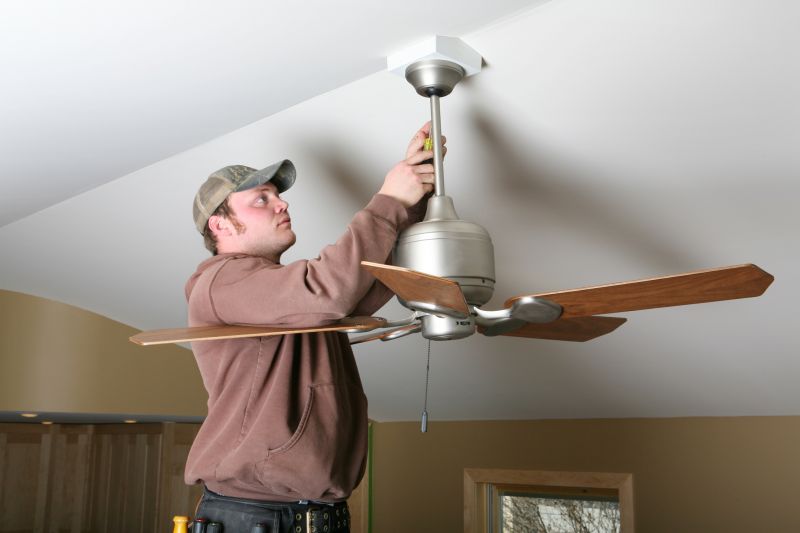
The short, realistic tool list for quality Ceiling Fan Cleanings.
Interested in maintaining a clean and efficient ceiling fan? Filling out the contact form can connect individuals with professional cleaning services tailored to specific needs. Regular cleanings contribute to healthier indoor environments and prolong the lifespan of ceiling fans, making scheduled maintenance a valuable investment.



